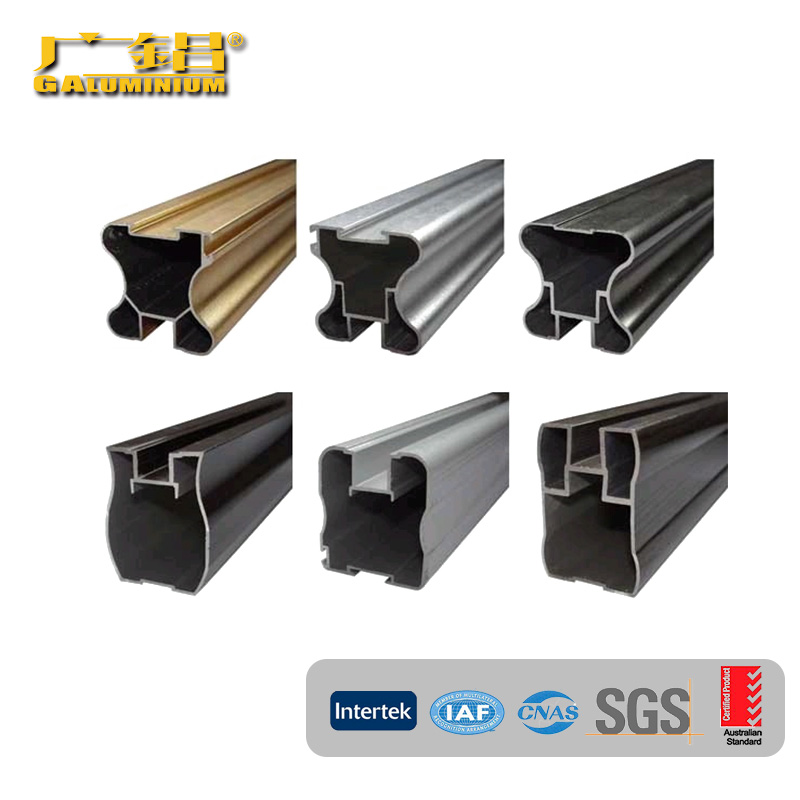Aluminium Extrusion: Shaping the Future of Versatile Engineering
2025-01-16
Aluminium extrusion is one of the most innovative and widely-used manufacturing processes in modern industries. It involves transforming aluminium alloy into objects with a defined cross-sectional profile, meeting the demands of countless applications across automotive, construction, electronics, aerospace, and beyond.
In this blog, we’ll explore the process, benefits, applications, and future potential of aluminium extrusion, a method that seamlessly combines strength, flexibility, and sustainability.
What is Aluminium Extrusion?
Aluminium extrusion is a process where an aluminium billet (a cylindrical block of aluminium alloy) is heated and forced through a die to create specific cross-sectional profiles. The resulting shapes can be simple or complex, designed to meet precise engineering requirements.
How the Process Works:
1. Preheating the Billet:
- The billet is heated to 400–500°C to make it malleable.
2. Extrusion Through the Die:
- The softened aluminium is forced through a die using a hydraulic press.
3. Cooling and Quenching:
- The extruded profile is cooled using air or water to retain its shape and strength.
4. Cutting to Length:
- The extrusion is cut to the desired size for further processing.
5. Aging or Heat Treatment:
- The extrusions may undergo aging to improve mechanical properties.
Advantages of Aluminium Extrusion
1. Design Flexibility:
- Extrusions can be customized into complex shapes, catering to a variety of design needs.
2. Lightweight and Strong:
- Aluminium combines high strength-to-weight ratio with durability, making it ideal for load-bearing applications.
3. Corrosion Resistance:
- Aluminium forms a natural oxide layer that protects it from corrosion, even in harsh environments.
4. Thermal and Electrical Conductivity:
- Excellent for applications requiring efficient heat dissipation or electrical conductivity.
5. Sustainability:
- Aluminium is 100% recyclable without losing its properties, making it eco-friendly.
6. Cost-Effective:
- Extrusion allows for efficient material usage and minimal waste, reducing costs.
Applications of Aluminium Extrusion
1. Construction and Architecture:
- Window frames, curtain walls, doors, and roofing systems leverage aluminium’s lightweight and aesthetic appeal.
2. Transportation:
- Used in cars, trains, aircraft, and ships for structural and aesthetic components.
3. Electronics:
- Heat sinks, LED lighting, and enclosures benefit from aluminium’s thermal conductivity.
4. Industrial Equipment:
- Machine parts, conveyor systems, and framing components are often made from extruded aluminium.
5. Furniture and Interior Design:
- Extrusions create sleek and modern furniture frames, handles, and decorative trims.
6. Renewable Energy:
- Solar panel frames and wind turbine components rely on aluminium extrusion for durability and efficiency.

Types of Aluminium Extrusion Profiles
1. Solid Profiles:
- Without hollow cavities, these profiles are simple and robust.
- Example: Rods, beams, and angles.
2. Hollow Profiles:
- Contain one or more voids within the profile, ideal for lightweight structures.
- Example: Tubes and frames.
3. Semi-Hollow Profiles:
- A hybrid design that is partially solid and hollow.
- Example: Complex structural shapes.
Challenges in Aluminium Extrusion
1. Die Design Complexity:
- Crafting precise dies for intricate profiles can be challenging and costly.
2. Material Limitations:
- While strong, aluminium may not match the strength of steel in specific heavy-duty applications.
3. Thermal Expansion:
- Aluminium’s higher coefficient of thermal expansion must be considered in design and application.
Advancements in Aluminium Extrusion Technology
1. High-Precision Extrusion:
- Advanced equipment enables ultra-precise profiles with tighter tolerances.
2. Hybrid Alloys:
- New alloys are being developed to enhance strength, corrosion resistance, and other properties.
3. Additive Manufacturing Integration:
- Combining 3D printing with extrusion for highly customized and intricate designs.
4. Sustainability Improvements:
- Innovations focus on reducing energy usage and increasing the use of recycled aluminium.
The Future of Aluminium Extrusion
The demand for lightweight and sustainable materials in industries such as automotive, aerospace, and renewable energy positions aluminium extrusion as a key technology for the future. With ongoing advancements in material science, automation, and recycling techniques, aluminium extrusion will continue to offer innovative solutions for diverse engineering challenges.
Conclusion
Aluminium extrusion stands at the forefront of modern manufacturing, delivering unparalleled versatility and efficiency. Whether in skyscrapers or smartphones, this process shapes the world around us while paving the way for a sustainable future.
If you’re exploring aluminium extrusion for your next project, understanding its potential and limitations will help you unlock its full benefits.
Have a question or project in mind? Let us know in the comments or reach out to discuss how aluminium extrusion can transform your ideas into reality!


